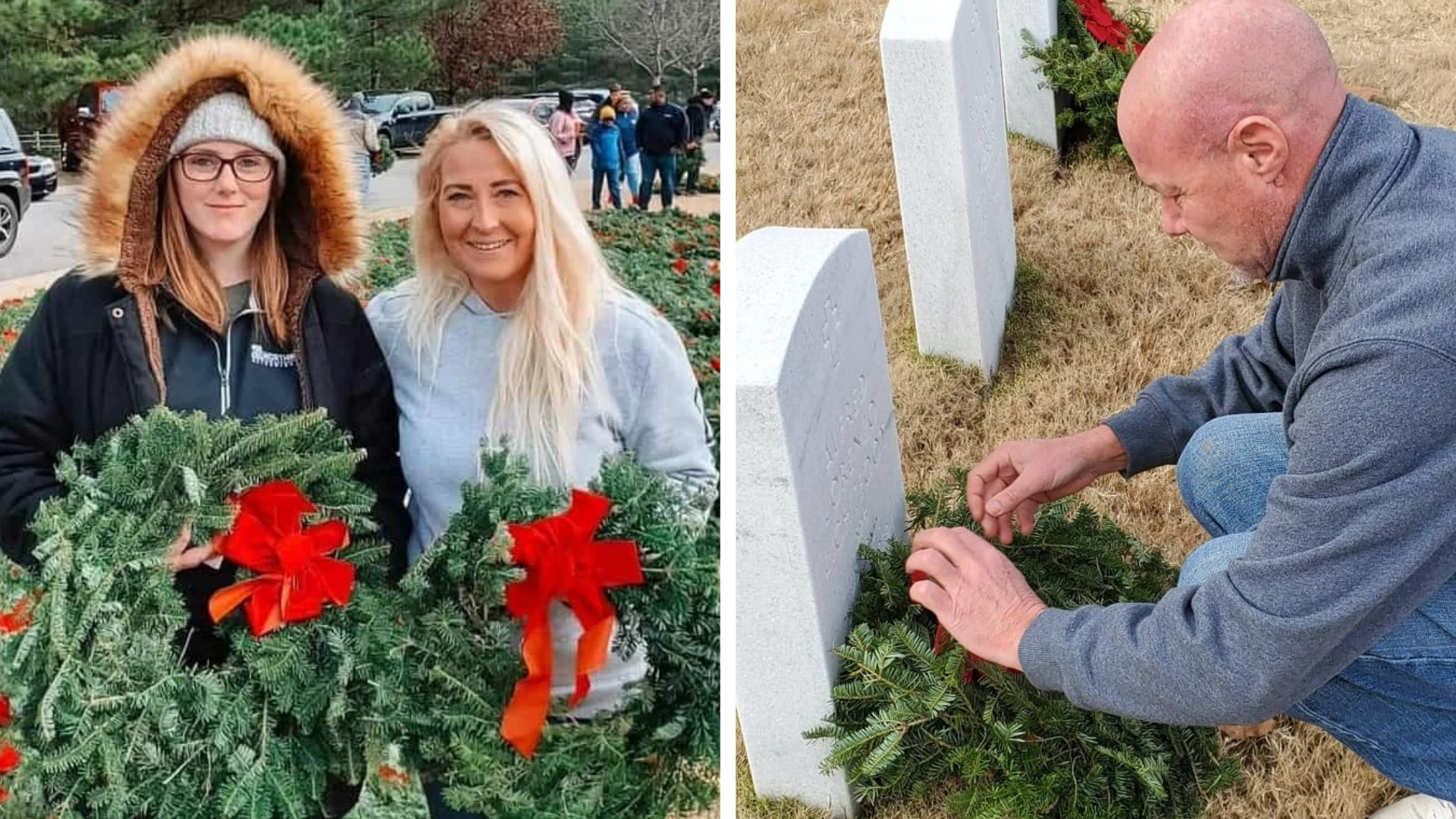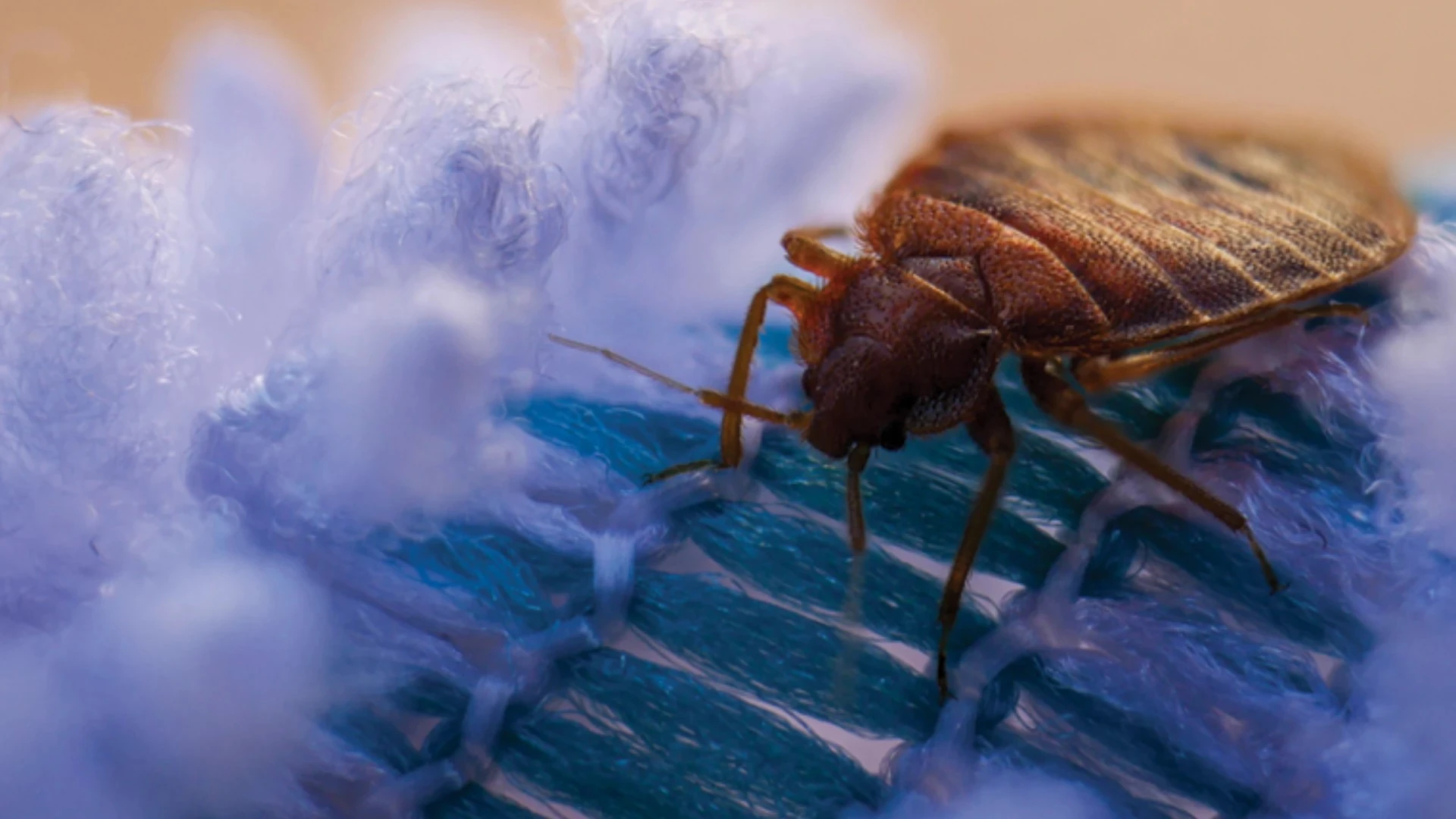The key to eliminating an infestation of most pest ant species is to locate all of the ant colonies in or around the property and treat them. The inspection is the most important step in dealing with pest ant infestations. The time taken to perform an inspection and to locate as many areas as possible where ants are active is crucial to success. Simply treating foraging ant trails often leads to failure to eliminate the infestation. This article discusses numerous tips that should prove useful in locating colonies of ants in and around structures.
INSPECTION TOOLS. A number of tools are useful when inspecting for ants. One tool that is invaluable for all ant inspections is a bright flashlight. Other tools may include a pair of needlenose pliers, a screwdriver, a stethoscope, a hard hat, a ladder and graph paper.
Interior Inspections
Carpeted Rooms. In carpeted rooms, many ants prefer to forage along the walls under the edge of the carpets. When ants have been sighted in a carpeted room, the edge of the carpet can be pulled up using a pair of needlenose pliers so foraging ants can be seen under the carpet (see Figure 1 below). Start with walls that face the exterior of the room. Only pull up the carpet enough so the area under the carpet’s edge can be inspected for foraging ants. Avoid pulling up large areas of the carpet along a wall. It may be difficult to properly replace the carpet back onto the tack strip as it originally was attached. Press the carpet back down with your foot after inspecting.
If ants are found foraging under a carpet, pull up the carpet’s edge every 3 to 4 feet to determine how far the ants are foraging. Many times, these foraging workers will lead to the point where the ants are entering from outside, from inside a wall void or through a crack in the slab. If a trail suddenly disappears while inspecting every few feet under a carpet, back-track to discover if ants are trailing from under the wall or through a crack in the slab floor.
Occasionally, soil-nesting ants, such as pavement ants and fire ants, will move soil up into the walls of the structure and piles of soil can be found under the carpet. Such displaced soil also will be seen in rooms without carpeting, particularly in garages and bathrooms. Piles of soil are a good indication of the location of a colony inside the wall, outside along the foundation or under a slab. Pavement ants and other ants will also clean the soil out of old termite damage and deposit these particles in piles along baseboards, door frames and under carpets.
The following tip can be helpful when attempting to follow foraging ant workers back to the colony: look for workers carrying bits of food or whose abdomens are swollen with liquid food. These are the ants that are returning to the colony. Follow the trail in the direction these ants are heading. Following foraging ants back to the colony takes time, but this time is necessary to eliminate costly callbacks for additional service because all ant colonies have not been found.
Uncarpeted Rooms. In rooms with no carpet, ants usually will forage beside and underneath the baseboards along walls. Some baseboards do not completely sit on the floor, which creates a small crack between the floor and the bottom of the baseboard. While inspecting, use a knife or another flat object and slowly move it under the baseboard. This movement should bring foraging ants, if they are present, into the open.
Other Interior Areas. Fire ants and pavement ants will often build mounds inside the bath traps under bath tubs in slab homes. Legionary ants, Labidus coecus, may literally fill up the void under bath tubs with soil.
When inspecting for Pharaoh ants, remove wall outlet switch plates and check for dead or live ants. Window sills also should be inspected for foraging ants entering from the outside and feeding on dead insects. Bits of wood or foam excavated by carpenter ants or acrobat ants are commonly found in and below windows (see Figure 2 above). Evidence of carpenter ant colonies is often determined by listening with a stethoscope into voids below and above windows.
Since ants are attracted to moisture, check the bathroom, kitchen and laundry room areas for evidence of ants emerging from interior partition walls. This is particularly true of Argentine ants.
Prebaiting. Placing non-toxic food baits works well for determining the presence of many ants, particularly the Pharaoh ant. This technique involves placing small drops of a food substance onto pieces of paper, on pill bottle caps or in short pieces of plastic straws. These "baits" are then placed on counters, on window sills, along baseboards, into electric wall outlets, etc., for 15 to 30 minutes or longer. Periodic inspections over this time period will reveal ant activity as they find and feed on the bait. Outside, drops of jelly and even granular or gel ant baits may be placed at corners of foundations, window ledges, the corners of the garage, faucets, the base of trees and similar locations. Inspecting these sites after 10 to 15 minutes can reveal the presence of several different types of ants. Trails established may even lead back to a colony location.
Prebaiting is typically accomplished with a sweet food, usually a jelly. Keep the food preferences of the target ant in mind. For example, carpenter ants respond extremely well to freshly killed insects, such as crickets, that have been ground up into small pieces. Carpenter ants also will recruit other workers to milk sweetened with sugar that is placed in pill bottle caps or small petri dishes.
*****
"Triangulating" Carpenter Ant Trails
Two carpenter ant researchers developed a method of "triangulating" a colony’s location using a foraging trail. First, foragers must be found around the structure and the direction in which they are crawling observed. Moving in that direction, the positions of three ants over a 3-foot span should be noted. An imaginary line is then extended across these three ants, and any tree, stump, landscape timber or other likely nest site in the direction of that line should be inspected for activity. Although not foolproof, this method can save considerable time following the entire length of a trail, especially since some trails may be 100 feet or longer.
*****
Exterior Inspections
Infestations of most every pest ant originate from outside except the Pharaoh ant; but, even this pest completes much of its foraging activities outdoors during warm weather. Nearly every infestation has an outdoor component so exterior inspections are more important than interior ones.
Foundations. When inspecting outside along building foundations, look for the loose piles of soil that indicate typical ant mounds. Such mounds will be readily apparent for such ants as fire ants, pavement ants, field ants and cornfield ants. A screwdriver or knife can be used to dig into the mound to determine if live ants are present.
Some ant species, particularly big-headed ants, will nest in the crack between the ground and the foundation. Digging along the foundation with a screwdriver will sometimes uncover such ant colonies. Flooding the crack with water may quickly bring ants swarming up the foundation.
Items Lying on the Ground. Turn over rocks, pieces of wood, landscape timbers, decorative flagstones and other items next to and away from the structure to check for colonies. Many ants locate colonies or subcolonies under items lying on the ground. Often, tiny piles of soil will be seen along the side of a rock or patio stone or inside the cracks between landscape timbers. This displaced soil is a good indicator of an ant colony underneath the rock or stone or behind or under the timber (see Figure 3 at left).
Piles of lumber, firewood, and other items provide cracks that are suitable as nesting sites for crazy ants, Argentine ants and similar species. Any potted plant set on porches, window sills or brick walls can harbor ant colonies. Colonies or subcolonies of crazy, fire and big-headed ants can be found living in the soil of potted plants and underneath the pots. Displaced soil along the side of the pot or inside the pot indicates ant activity. Interior ant infestations, especially in offices, are sometimes the result of ant colonies having been carried inside in potted plants.
Leaf Litter and Mulch. Leaf litter or mulch present next to the foundation should be raked back away from the foundation to expose any ant colonies that may be present. Many times, ants will nest in mulch without building visible mounds or with a minimal amount of visible displaced soil. This behavior is especially true with fire ants and pavement ants. In areas where fire ants occur, using a small hand-held garden rake to pull back mulch can prevent accidental stings.
Vegetation Against Foundations. Pulling grass away from the foundation and along driveways, patios and sidewalks is necessary to check for foraging ant trails. Many times, ant trails, such as those of pavement, odorous house, Argentine, fire and ghost ant workers will forage behind grass and other vegetation where the ants will be hidden. Foraging trails found by pulling away vegetation can be traced back to the colony.
Any heavy vegetation lying against the foundation and other surfaces, particularly tree trunks, also will provide cover for colonies and subcolonies of some pest ant species. Pulling ivy, monkey grass and similar plants away from the foundation or a tree trunk often reveals various ant colonies.
Meter Boxes and Sprinkler Heads. Fire ants and pavement ants will nest inside water line meter boxes so these will need to be inspected. Fire ant colonies found in the bath traps of homes and apartment buildings often will be associated with ant colonies in the meter box outside. Sprinkler heads are usually constantly moist and are particularly attractive to Argentine and crazy ants.
Structural Guidelines. Ants are fond of following edges, corners and other "lines," and entomologists who study ants (myrmecologists) refer to these edges as structural guidelines. A crack in a sidewalk, the edge of the bricks on a brick home, and even a garden hose are examples of situations that serve as natural pathways for ants.
This behavior is one of the critical factors on which to focus during ant inspections. Knowing that ants will generally keep to a structural guideline of some type permits the inspector to "leap frog" several feet ahead along a corner, sidewalk, etc., during the inspection. The foraging workers will usually be easy to pick out, and if not found, back-tracking along the suspected trail will quickly reveal where the foragers turned a corner off the trail. Using such a technique can be a huge time saver.
Inspect for ants trailing up the sides of the structure and along eaves and soffits, particularly when carpenter ants are involved. The edge of the sidewalk, patio, driveway, etc., will be a trailing site for numerous species. Literally any formation on or around a building that forms an edge can and will be used by ants as a natural trail.
Trees and Shrubs. Branches of shrubs and trees that brush up against the side of the structure can allow foraging ants onto the structure. Many species of ants, especially carpenter and ghost ants, use this route to enter structures. The crotches in trees where large branches meet the tree’s trunk are a common site where fire ants, crazy ants and ghost ants may construct nests.
Ghost ants and other species will nest inside the hollow twigs that are in some types of trees, shrubs and other plants. Tree holes are a preferred nesting site for carpenter and acrobat ants, and other ants may be found nesting inside them. Dead limbs and stumps are a source for carpenter and acrobat ants.
Hollow Columns. Wooden porch columns are a common nesting site for carpenter ants, as well as for other ants. A pyrethrins flushing agent injected into cracks in the column will often chase ants into the open to confirm the column as a nesting site.
The author is technical director of Terminix International, Memphis, Tenn. E-mail him at shedges@giemedia.com.

Explore the March 2010 Issue
Check out more from this issue and find your next story to read.
Latest from Pest Control Technology
- Rentokil Terminix Expanded in Key Markets with 2024 Acquisitions
- In Memoriam: Joe Cavender
- Certus Acquires Green Wave Pest Solutions
- Liphatech Adds Alex Blahnik to Technical Team
- Do the Right Sting: Stinging Insect Identification, Management, and Safety
- VAGA's 8th Annual Veterans Thanksgiving Appreciation Dinner
- Clark's Blair Smith on the Response to Increased Dengue Fever Cases in Southern California
- WSDA, USDA Announce Eradication of Northern Giant Hornet from U.S.





